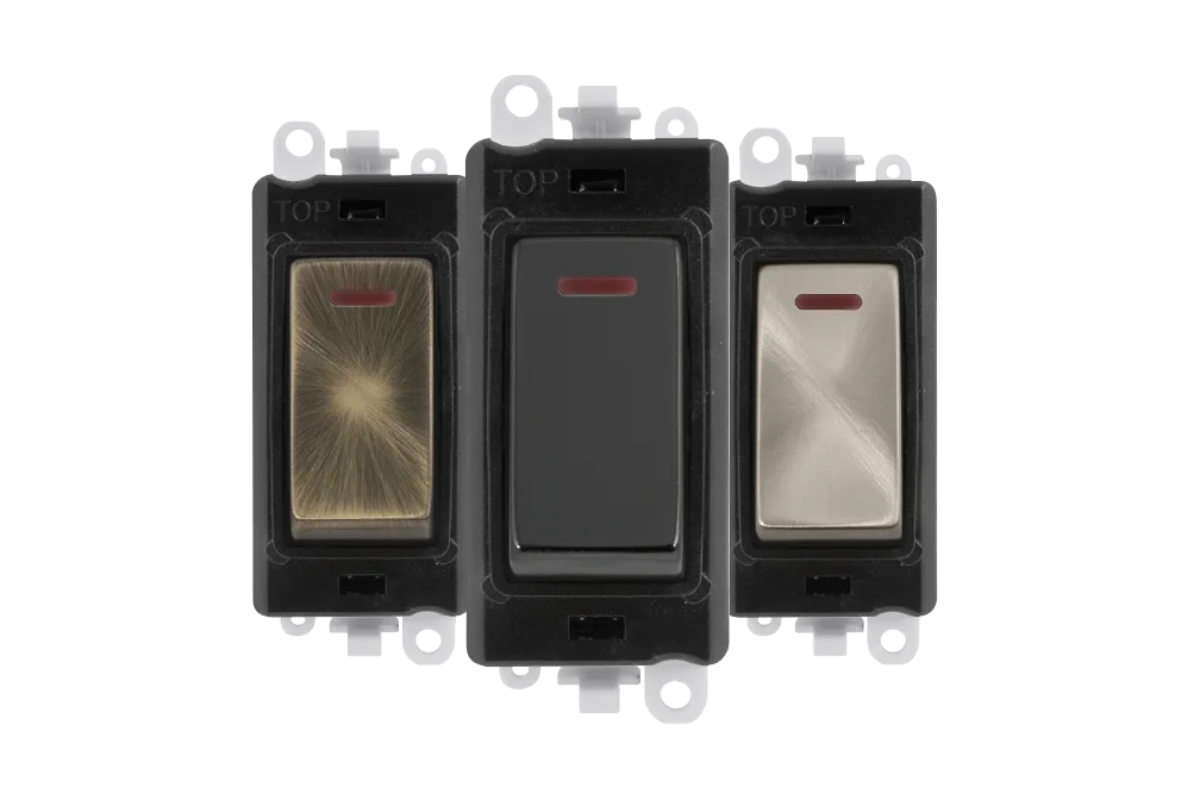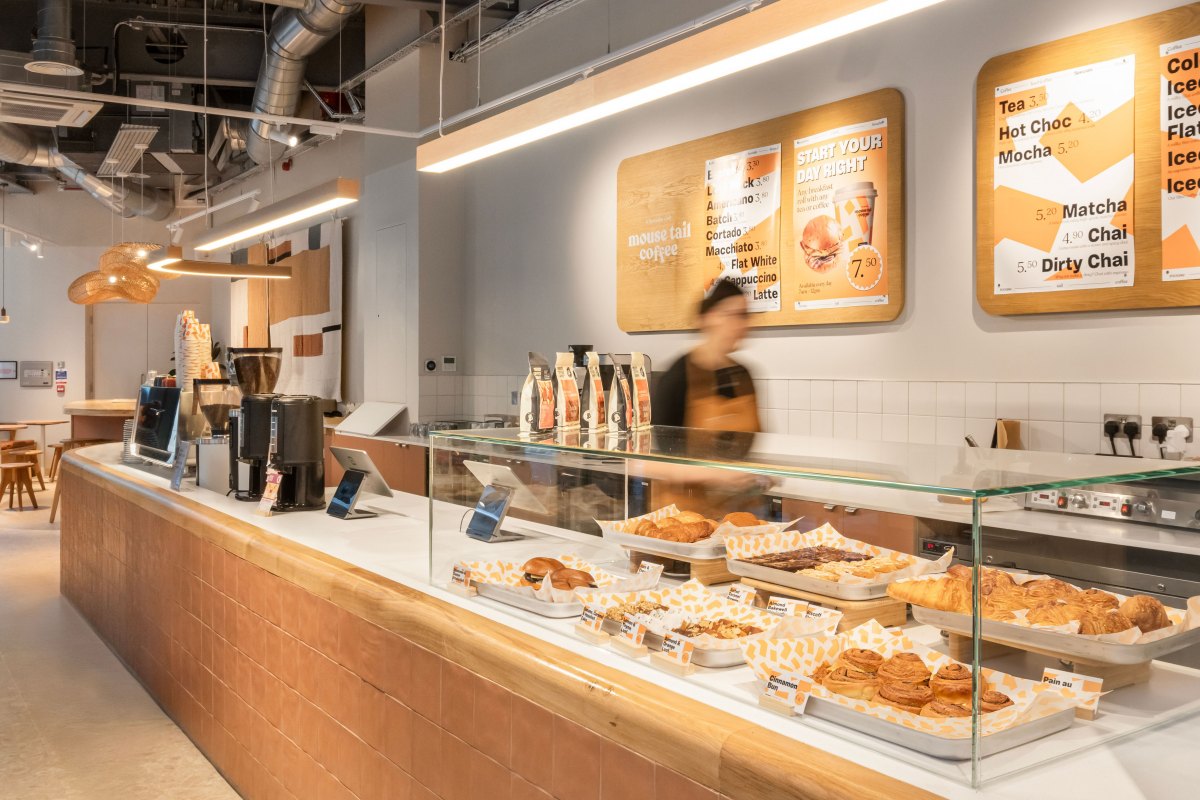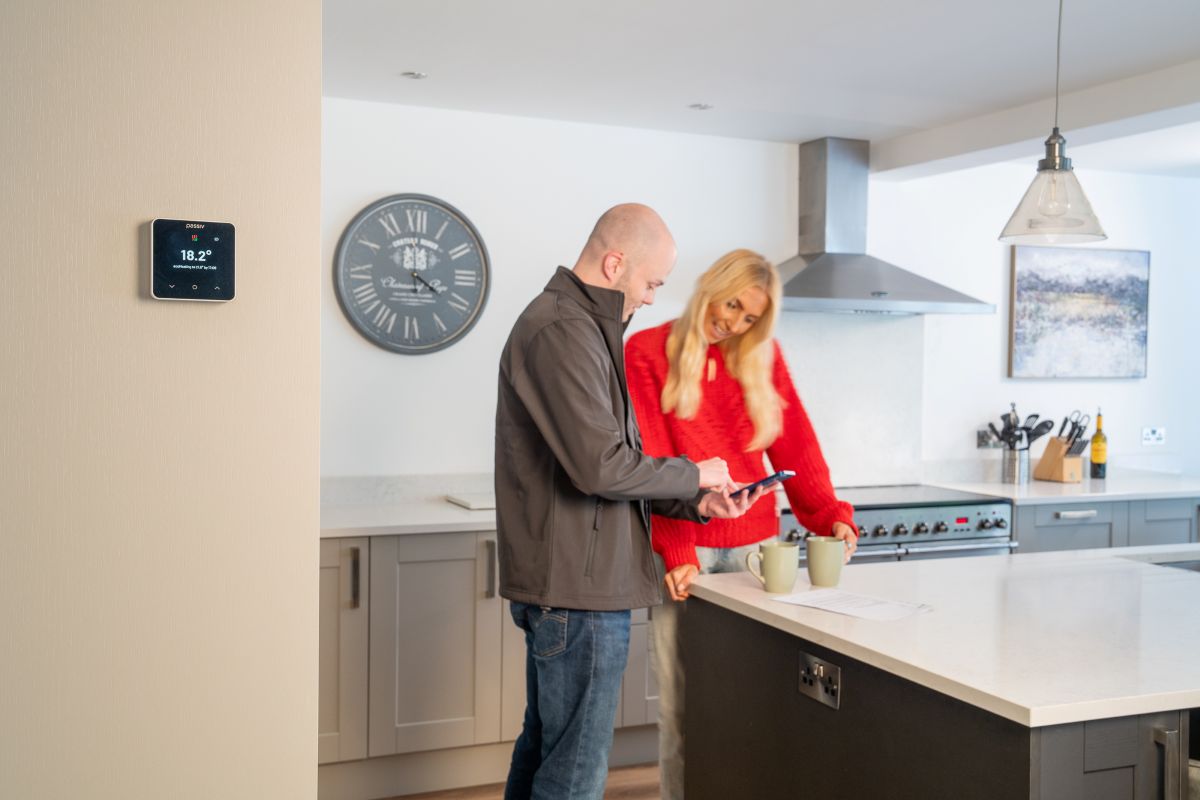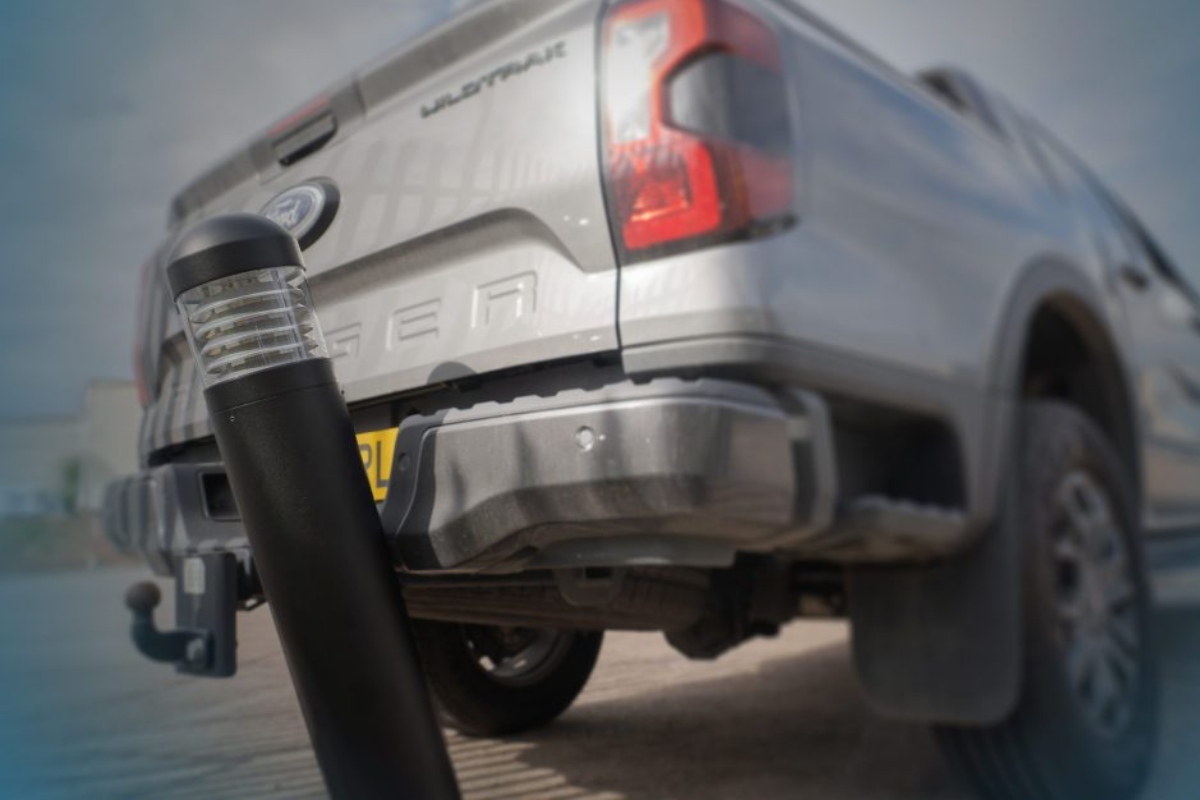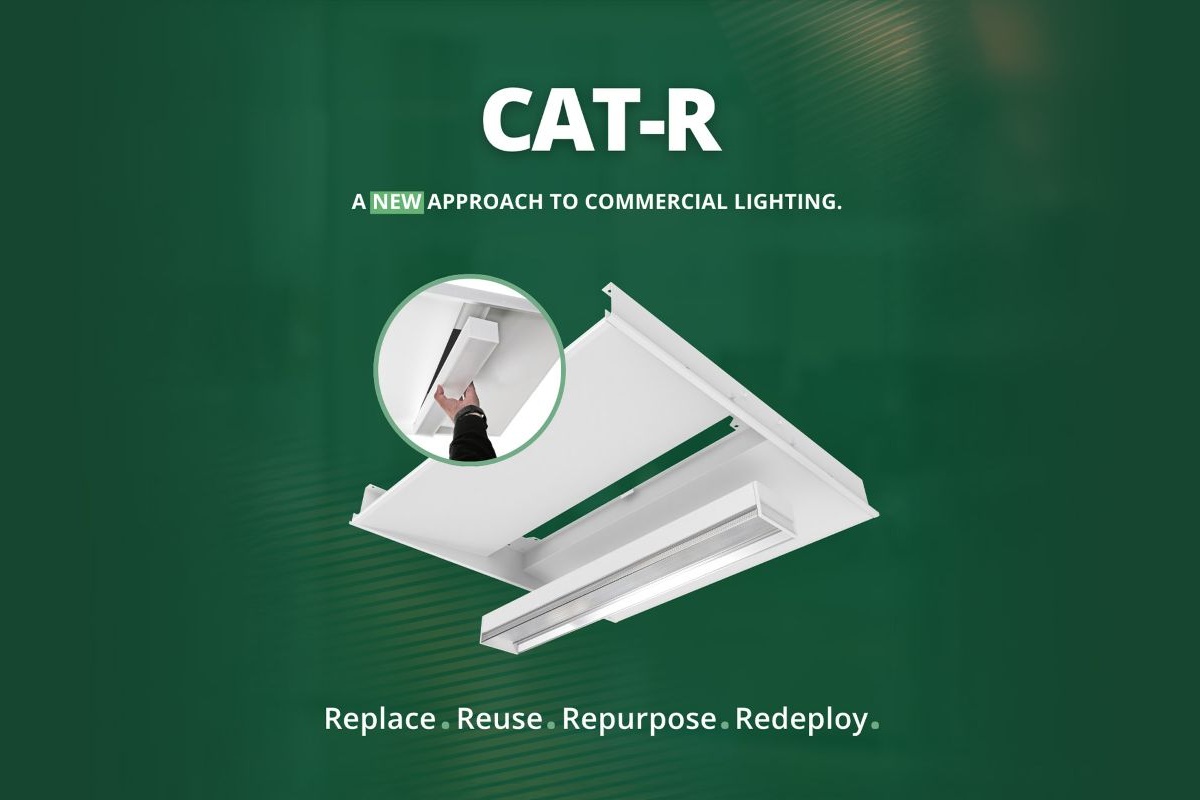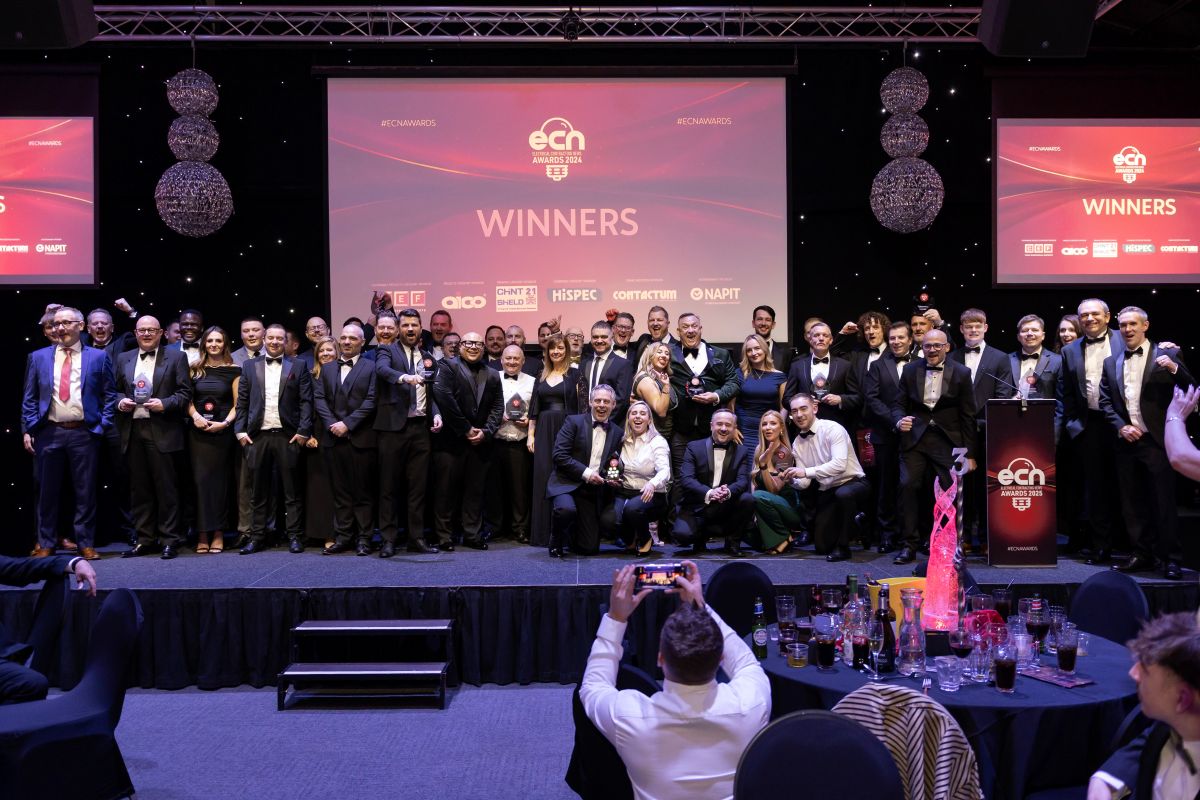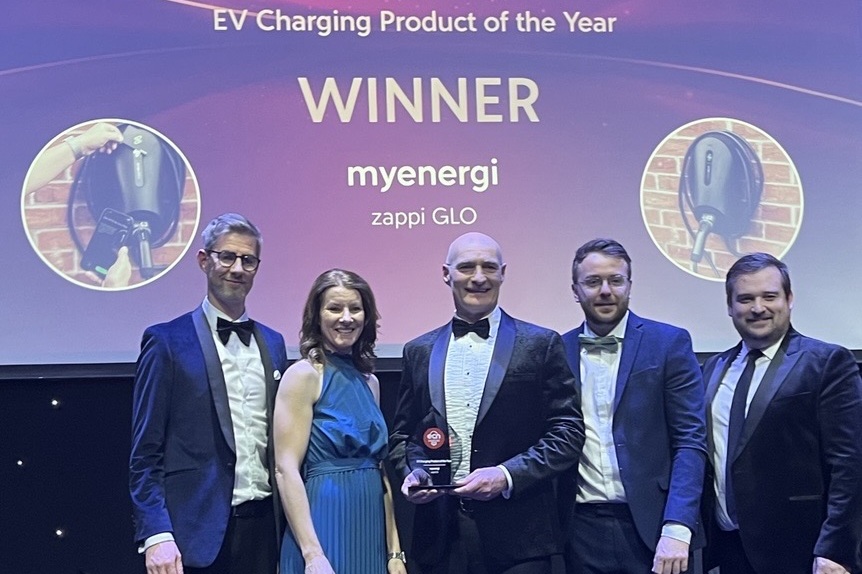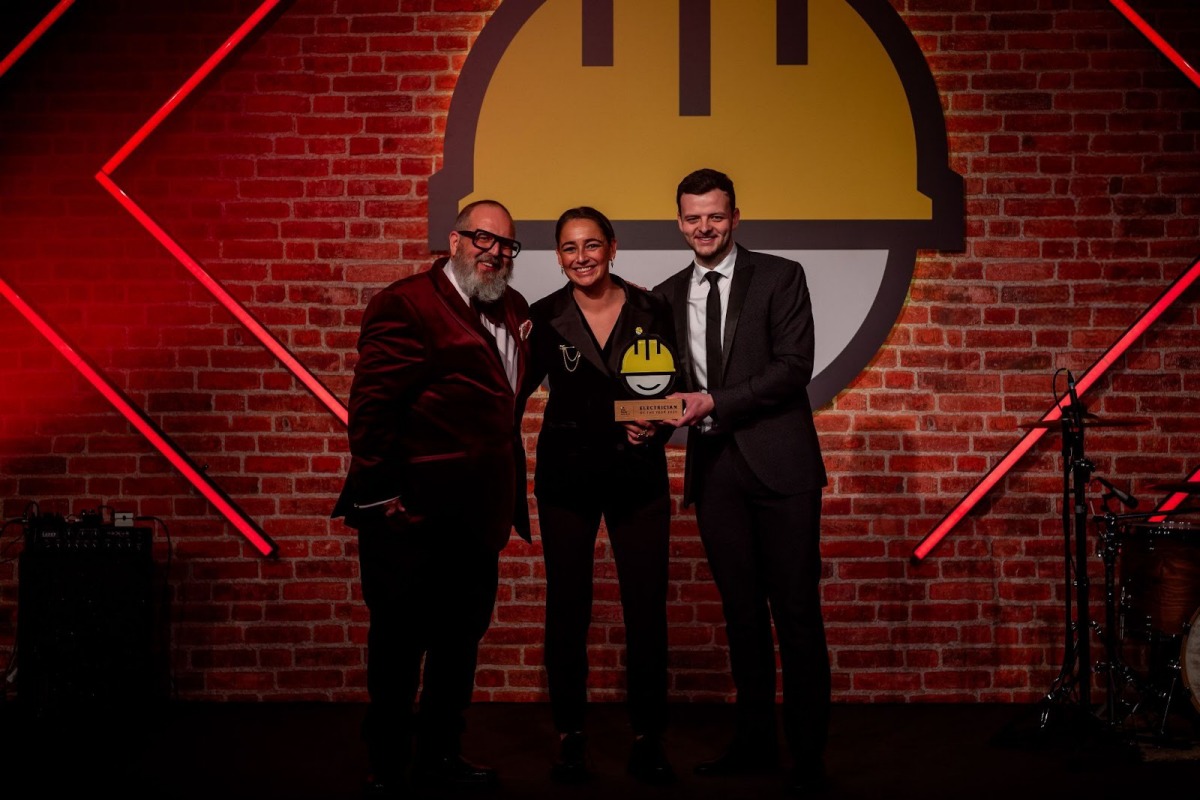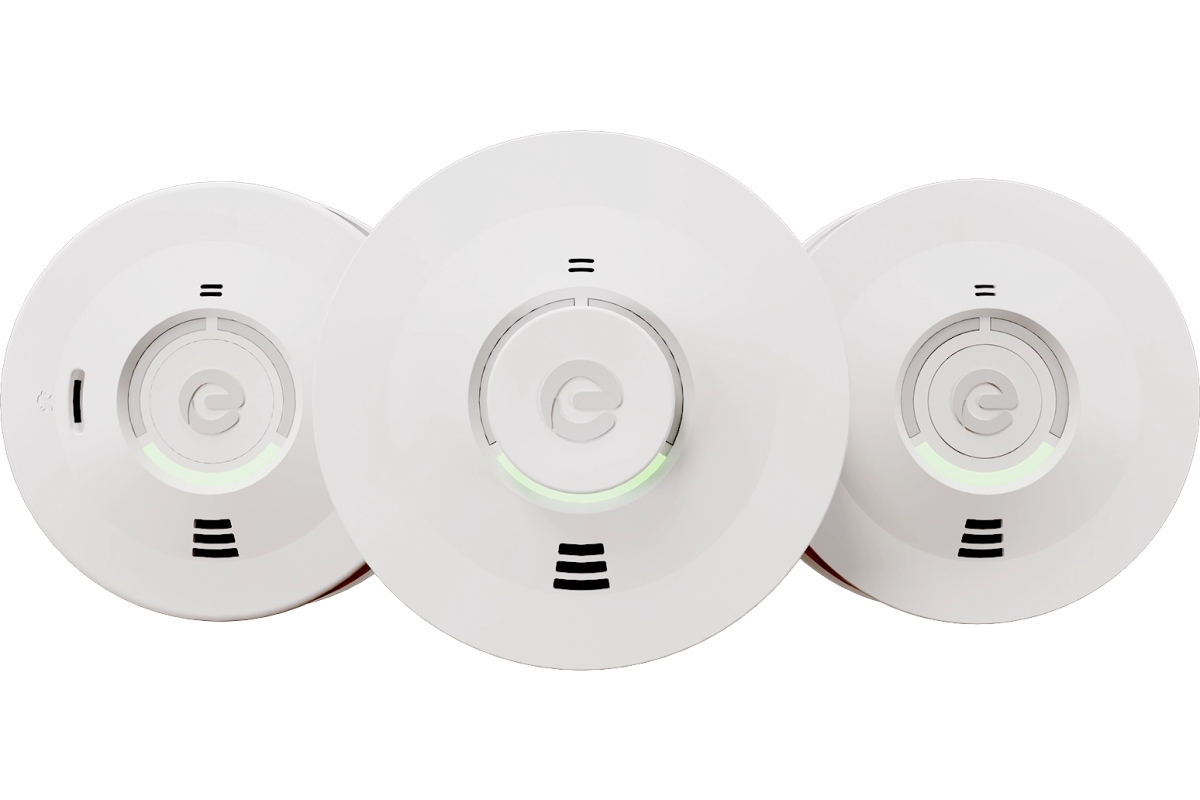HVAC
Industry News
News
Sponsored
ONYX: Rointe's next-generation storage heaters
As energy efficiency and intelligent control continue to reshape electric heating, Rointe introduces ONYX, a new generation of high heat retention (HHR) storage heaters combining advanced design, connectivity, and real energy savings.
Developed for the next era of efficient home heating, ONYX features 60% heat retention and up to 37% energy savings compared to conventional storage systems.
Its unique magnetite stone cells store heat efficiently for up to 16 hours, providing steady warmth throughout the day and lower energy consumption.
Comfort, efficiency, and total control
For installers, ONYX represents a reliable, future-ready upgrade that not only helps improve EPC ratings, but also complies with SAP requirements, LOT20, and Part L regulations, supporting the Future Homes Standard and the UK’s Net Zero 2050 goals.
For end users, it delivers smarter comfort, consistent warmth, and visible energy savings - the perfect balance between performance and simplicity.
Smart charging that really works
Unlike traditional storage heaters that release energy too quickly, ONYX uses Smart Charging to optimise when and how heat is stored and released.
The heater learns usage habits and intelligently adapts charging cycles to ensure energy is used only when needed - providing comfort, consistency, and lower bills for end users.
Inside, the advanced Inverter Smart Adaptive Technology automatically regulates the heater’s power to meet real heating demand, dynamically adjusting energy use for maximum efficiency.
This intelligent modulation enhances energy performance and maintains a stable, even temperature, ensuring consistent warmth throughout the day with reduced energy consumption.
Smarter connectivity without gateways
With WiFi Direct built in, ONYX connects straight to the user’s home router - no external hubs or gateways required.
Once paired with the Rointe NEXA app, users gain full control from their smartphone, meaning they can set schedules, monitor consumption in real time, activate boost or night-saving modes, and even automate heating using GPS routines.
Bluetooth pairing, voice-assistant compatibility, and AI-based automation complete the user experience, offering seamless smart-home integration.
Engineered for installers and modern living
The ONYX range includes five models with rated outputs from 500 W to 1,500 W, all with a depth of just 190 mm and a robust steel body finished in White RAL 9016.
Installation is simple, with two sets of floor supports included - standard (60 mm) and tall (140 mm) - plus a top-mounted TFT touch display for intuitive setup.
Inside, an innovative ceramic fan rotor offers greater resistance and durability than conventional designs, ensuring smoother operation, quieter performance, and long-lasting reliability.
Safety is built in through dual overheat protection, IPX4 classification, and full compliance with LOT20, UKCA, and CE standards, with every unit backed by a three-year electronics warranty and a ten-year body warranty upon registration.
With ONYX, Rointe reaffirms its position at the forefront of intelligent electric heating, combining true performance, simplified installation, and connected control in one elegant solution.
Joe Peck - 27 November 2025


